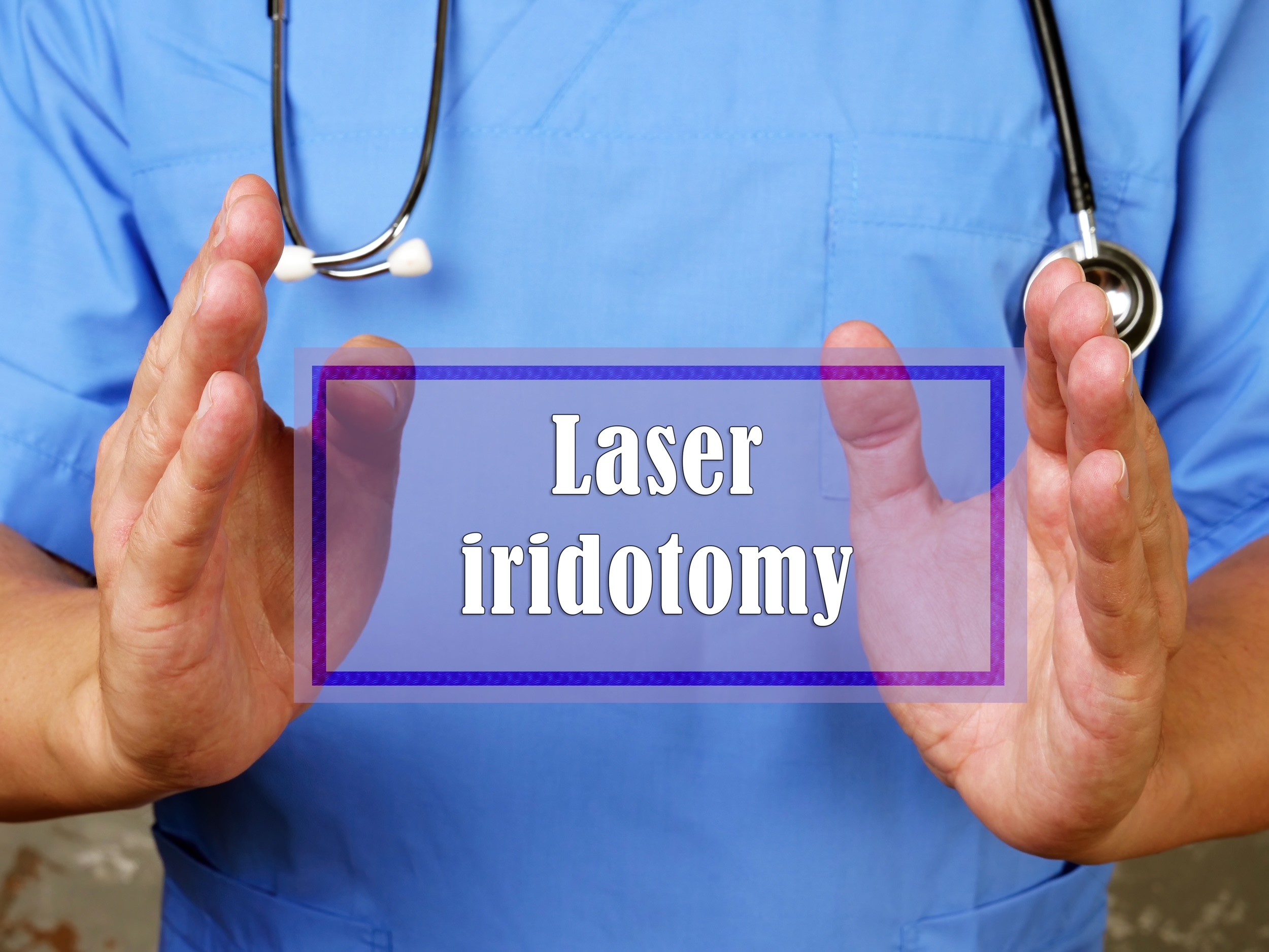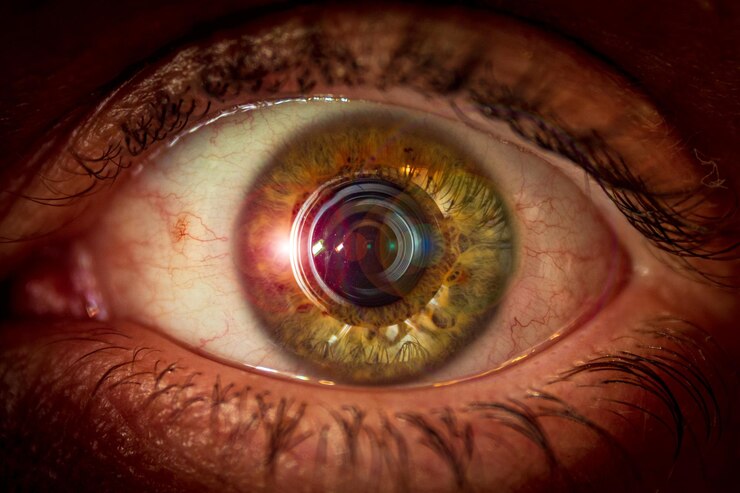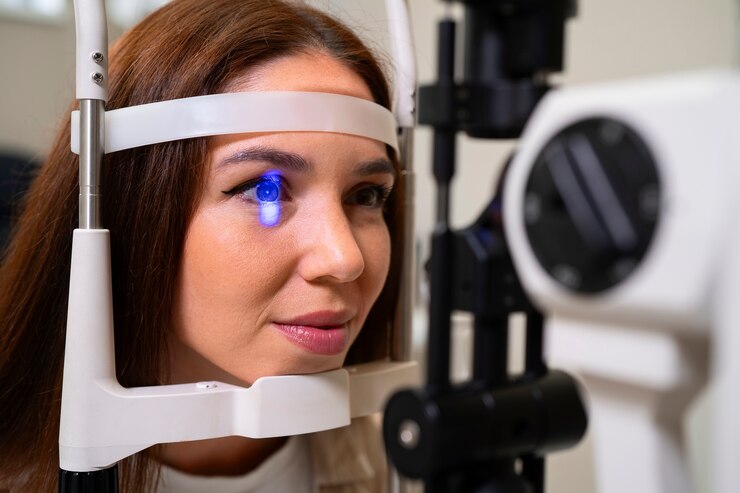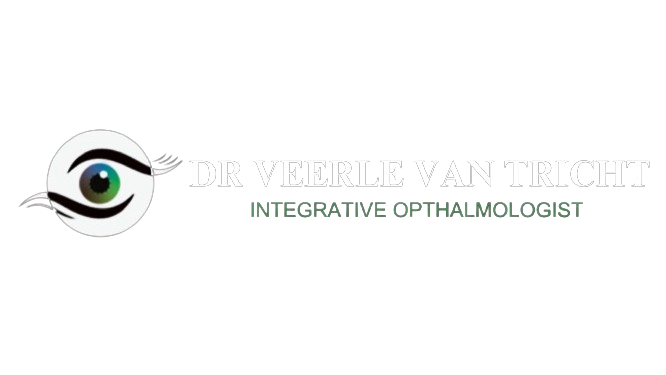Yag Laser Iridotomy
This is a procedure performed by ophthalmologists or eye specialists to treat certain conditions that affect the drainage of fluid in the eye, such as narrow-angle glaucoma or certain types of ocular hypertension.

Evaluation & Diagnosis
We will evaluate the patient’s eye condition and perform various tests to determine the need for a YAG laser iridotomy. This may include measuring intraocular pressure, a visual field test, examining the angle of the eye, and assessing symptoms such as eye pain or blurred vision.
Preoperative Consultation
I do have a consultation time for my patient to explain the diagnosis, discuss available treatment options, and address any concerns or questions.
Postoperative Care
I will schedule a follow-up appointment to monitor the patient’s recovery, assess the effectiveness of the iridotomy, and make any necessary adjustments to the treatment plan.
It’s important to note that the specifics of the YAG laser iridotomy service may vary depending on the patient’s individual needs and the doctor’s practices.
Ongoing Management
I continue to monitor the patient’s vision and overall eye health in routine check-ups. This will address any visual changes, complications, or other eye conditions that may arise in the future. Following the procedure, the patient may experience some mild discomfort, sensitivity to light, or blurred vision. I might also prescribe eye drops to alleviate any discomfort and provide instructions for postoperative care, such as avoiding strenuous activity or rubbing the eye.
Additionally, vision aids like eyeglasses or contact lenses might be prescribed to optimize the patient’s vision following surgery.
Speak with an Ophthalmologist
Call: +44 7900 842692




Frequently Asked Questions
What is YAG laser iridotomy?
YAG laser iridotomy is a procedure used to create a small hole in the iris, the colored part of the eye. It is typically done to treat conditions that cause improper drainage of fluid from the eye, such as narrow-angle glaucoma or certain types of ocular hypertension.
How is YAG laser iridotomy performed?
During the procedure, numbing eye drops are administered to ensure the patient’s comfort. The doctor uses a special laser to create a small opening in the iris, allowing fluid to flow more freely between the chambers of the eye. The laser creates the opening without the need for incisions or sutures.
What conditions are treated with YAG laser iridotomy?
YAG laser iridotomy is commonly used to treat narrow-angle glaucoma, where the drainage angle between the cornea and iris is restricted. It can also be used to treat ocular hypertension, which is increased eye pressure without signs of optic nerve damage.
What can I expect during and after the procedure?
During the procedure, you will be seated in front of a laser machine, similar to a slit-lamp microscope. The doctor will apply numbing eye drops to ensure your comfort. The laser treatment itself is typically quick and painless, with minimal discomfort or sensation. Afterward, you may experience some minor redness or blurred vision, but these symptoms usually resolve quickly.
What are the benefits of YAG laser iridotomy?
YAG laser iridotomy helps to improve the drainage of fluid from the eye, reducing intraocular pressure and preventing or managing glaucoma. By creating a small hole in the iris, the procedure allows fluid to bypass any restrictions or blockages, preserving the health of the optic nerve.
Are there any risks or complications associated with YAG laser iridotomy?
YAG laser iridotomy is generally safe, but like any medical procedure, there are some risks. These can include temporary increases in intraocular pressure, inflammation, cystoid macular edema, and rare instances of damage to the lens or retina. Your eye doctor will discuss the risks and benefits of the procedure with you before its perform
What to Expect From Your Visit
Comprehensive Eye Examination, Refraction Test, Slit Lamp Examination, Dilated Eye Examination, Additional Specialized Tests,Diagnosis and Treatment Plan, Patient Education, Follow-Up Appointments. It’s important to note that the exact procedures and tests may vary based on individual needs, and some visits may focus on specific concerns or conditions. It’s always beneficial to communicate any specific symptoms or concerns you may have during the visit.
